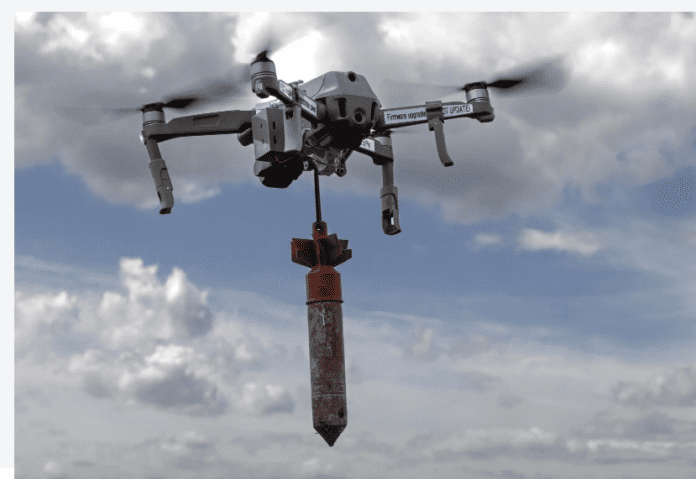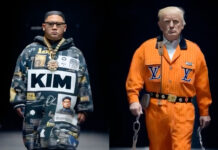In the early 1990s, scholars coined the term “The CNN Effect” referencing the impact that CNN had on American foreign policy. Scholars asserted that issues which rose to prominence in CNN were soon addressed by American policy makers. In this way CNN shaped the priorities of the White House and the State Department. CNN was so influential that former UN Secretary General Boutros Boutros-Ghali remarked that CNN was the 16th member of the Security Council.
Yet CNN also impacted news coverage of wars. The Atlanta-based news station first rose to prominence during the 1991 Gulf War when its journalists were the only ones to offer live coverage of American airstrikes on Iraqi targets. While other journalists sought refuge in shelters and underground basements, or left Iraq all together, CNN journalists stayed on the air offering eyewitness accounts of the fierce attacks by US and other Coalition forces. For several days, CNN’s live coverage of the War went uninterrupted and unchallenged by other news stations. Slowly, this coverage attracted a captivated audience.
The Gulf War was unique as it was the first time that television viewers had access to live, 24-hour coverage of a war. Previous wars, such as the one in Vietnam, entered the homes of millions of Americans during edited evening newscasts. Conversely, the Iraq War became a permanent fixture in American homes, one that could be viewed at any time and one that was not edited. Live coverage meant that far away audiences could experience a war as it unfolded. This was another “CNN Effect”.
Digital technologies disrupted the coverage of wars. The main reason being that social media users had become accustomed to consuming news in near-real time. Social media users did not wait for evening newscasts or morning papers to learn about events shaping their world. As such, the speed with which Wars war reported on accelerated. Social media did not offer live coverage of Wars but real-time coverage of Wars. This meant more than just greater speed but simultaneous coverage of dozens of events taking place all over the globe. The real-time coverage of Russian annexation of Crimea included real-time news reports from Crimea, Moscow, Washington, Beijing, London and Kyiv. Social media also brought with it real-time analyses of the Crimean annexation and a non-stop barrage of statements on the annexation by world leaders and diplomats ranging from Russian President Putin to NATO’s Secretary General and US military leaders.
Yet perhaps the greatest impact of social media was that people did not seek war coverage anymore. Rather, war coverage sought out audiences and was inserted into the feeds of millions of users. Even more importantly, war coverage was tailored to the interest, beliefs and opinions of social media users thanks to the work of algorithms. News coverage was thus fragmented, and different people experienced the same war in very different ways. According to the feeds of some social media users, Russian peacekeeping troops had entered Ukraine to stop a bloody civil war that was spiraling out of control. According to the feeds of other users, Russia had mounted a stealth and illegal invasion of Ukraine bringing Europe to the brink of war. Similarly, some social media users learned about the brutality of the Russian soldiers, others saw videos of alleged Ukrainian brutality against Russian minorities.
Ukraine’s use of innovative technologies has once again re-shaped war coverage. This is thanks to the growing use of drones by Ukraine. Indeed, drones have played an important role in Ukraine’s war effort and the country now operates an Army of Drones that was created through a global crowdfunding effort. This Army of Drones is used to strike Russian tanks, infantry and even ships. Throughout the day, videos captured by drones are spread across social media platforms by official Ukrainian accounts, by foreign ministries and diplomats, by military experts, OSINT specialties (open-source intelligence) and average social media users.
It could be argued that the Russia-Ukraine War is the first Drone War or a war that is mediated through drones. Much of the footage shared online from Ukraine is not captured by intrepid journalists, daring citizen-journalists or global news agencies who are able to dispatch reports to the front lines. Rather, this electronic footage is captured by drones on their way to a target.
Drone Wars may be unique in three ways. First, they offer wartime footage that is entirely independent of human intervention. There is no human in the loop anymore. The raw footage recorded by drones is not the result of human intervention nor is it subject to human editing. Second, in Drone War the coverage of wars goes beyond the front lines. Drone footage offers real-time footage of bases and positions deep within the enemy’s territory. Indeed, Ukraine drone footage takes viewers deep into areas held by Russian troops, sometimes as far as Moscow itself. Third, Drone Wars no longer obfuscate the nature of war. Drone footage captures the carnage, death and pain that accompanies War. Drone footage shared by Ukraine includes not only attacks on Russian tanks but also the death of Russian soldiers. Other footage depicts Russian soldiers fleeing their positions while under attack.
Drones also linger, in air and on air. They continue to record and transmit videos even when faced with harrowing scenes, the kind of scenes that human reporters would have failed to capture due to their emotional intensity. A drone lingers in the air while below people are burnt alive. The drone does not flinch, or shy away or close its eyes. It is these harrowing videos that trend online, that capture audiences’ attention and are shared extensively all day long and transmitted across multiple networks arriving in peoples’ feeds and offering a new form of news coverage.
Thus, we have moved from the “CNN Effect” and live coverage of wars, to the “Twitter Effect” and real time coverage of wars, to the “Drone Effect” of constant wars mediated by drones all day long across multiple platforms and accounts.



 , Ukrainian naval drones and
, Ukrainian naval drones and 










